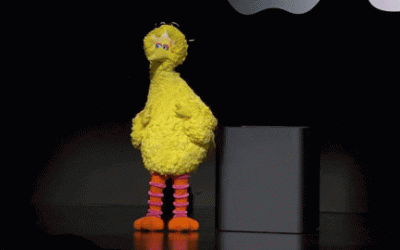Screwworms are screwing up beef imports from Mexico, and it will likely impact feeder cattle prices.
After the discovery of a screwworm in Mexico on Friday, the USDA’s Animal and Plant Health Inspection Service (APHIS) announced it would pause animal imports from Mexico.
Soundbite: “Even if the border opens soon the measures will be costly and it will impact cattle operations in the U.S. and Mexico for some time to come.” — Daniel Manzanares, director of the Santa Teresa International Export/Import Livestock Crossing in New Mexico
While only 5% of the U.S. feeder cattle supply comes from Mexico, Santa Teresa pens are already empty. On a typical day, they’d be filled with thousands of Mexican cattle before heading north.
Fun fact: Almost 500K feeder steers and heifers cross the border through Santa Teresa annually, making it the largest livestock entry point in the U.S.
Worming their way in: The New World screwworm, a flesh-eating fly larva that attacks live tissue in cattle, hadn’t been seen in Mexico in 30 years. Earlier in November, Mexican officials detected a screwworm in a cow at Mexico’s border with Guatemala. The animal did not originate in Mexico.
No “fly” zone: APHIS doubled down on its efforts to control screwworms in 2006 and worked with Panama on a barrier zone. Central American countries have struggled with screwworms for a while, and the zone helped—until recently. Detections in Panama went from 25 cases per year to more than 6,500 cases in 2023.
APHIS spends $110M to keep screwworms out of North America.
Labels Getting A Fact Check
You know all those fancy labels on meat… "Grass-Fed," "Free-Range," "Raised Using Regenerative...
Wheat’s Getting Breader and Breader: GM Wheat Activates
"Hold up, wait a minute, let me put some GM in it." — wheat researchers, probably Wheat...
Talking in Circles: Circular Bioeconomy
Circle up. There’s big hype right now for developing circular economies for sustainable...




